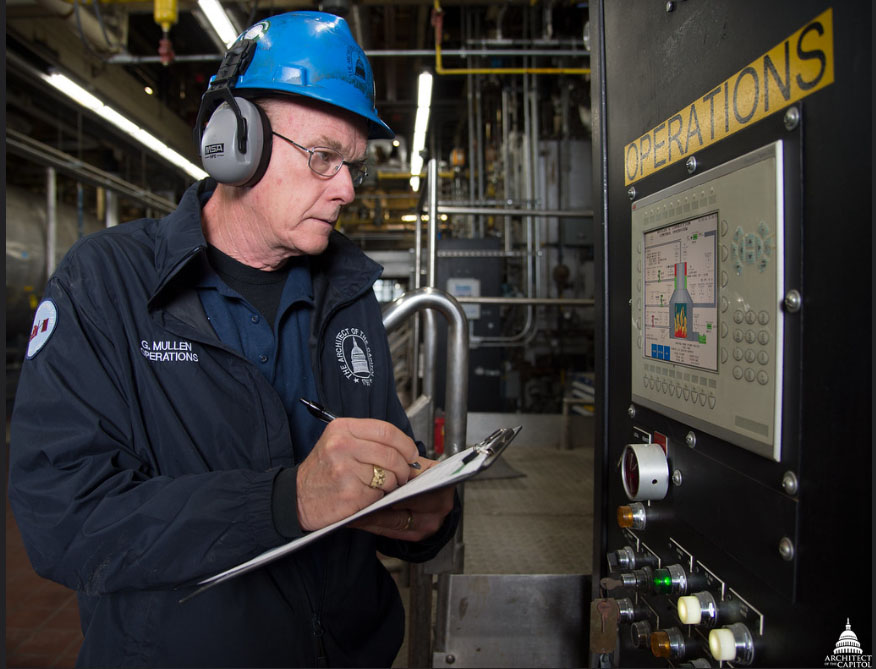How to Reduce Noise Pollution?
Noise pollution is a major environmental problem that affects millions of people around the world. Noise pollution is defined as any unwanted sound that is loud enough to cause annoyance, disruption, or physical harm. Noise pollution can be caused by a variety of sources, such as traffic, construction, and industrial activities.
Internal noise constraints refer to the noise levels created by the structure or system that affect the occupants within the building or system. These include noise from mechanical systems, ventilation systems, and other equipment. To ensure that the noise levels within the structure or system are within acceptable limits, soundproofing materials, acoustic liners, and other methods may be used to reduce the noise levels.

Image Source: Google
Reducing Noise Pollution at the Source
The most effective way to reduce noise pollution is to reduce the noise at the source. This may involve reducing the number of vehicles on the road, limiting the use of heavy machinery, or implementing noise regulations for industrial activities. In addition, noise-reducing materials, such as sound-absorbing barriers and acoustic insulation, can be used to reduce the noise generated by certain activities.
Reducing Noise Pollution Through Planning
Another way to reduce noise pollution is to plan ahead. This may involve assessing the acoustic environment of an area and making recommendations on how to reduce noise levels. This may involve selecting sound-absorbing materials for walls, floors, and ceilings, or installing sound-proofing materials such as acoustic panels. In addition, noise-reducing regulations can be put in place to limit the amount of noise generated by certain activities.
Reducing Noise Pollution Through Education
Educating the public about noise pollution is another important way to reduce noise levels. By educating people about the effects of noise pollution, they may be more likely to take steps to reduce their own noise levels. This may include limiting the use of loud machinery, wearing headphones when listening to music, or using noise-canceling headphones to reduce noise levels.
Conclusion
Noise pollution is a major environmental problem that affects millions of people around the world. To reduce noise pollution, it is important to reduce the noise at the source, plan ahead, and educate the public about the effects of noise pollution. By taking these steps, it is possible to reduce noise levels and create a quieter, more peaceful environment.